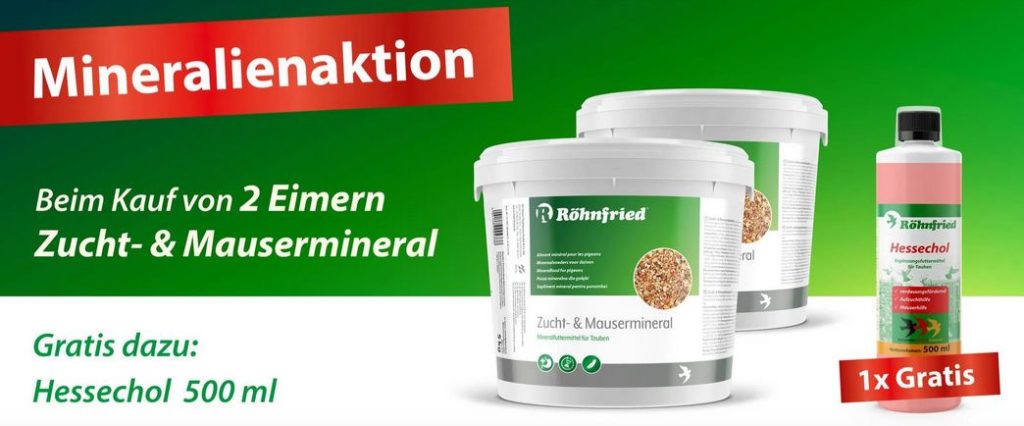De Saer Rudi – A difficult 2019 season…
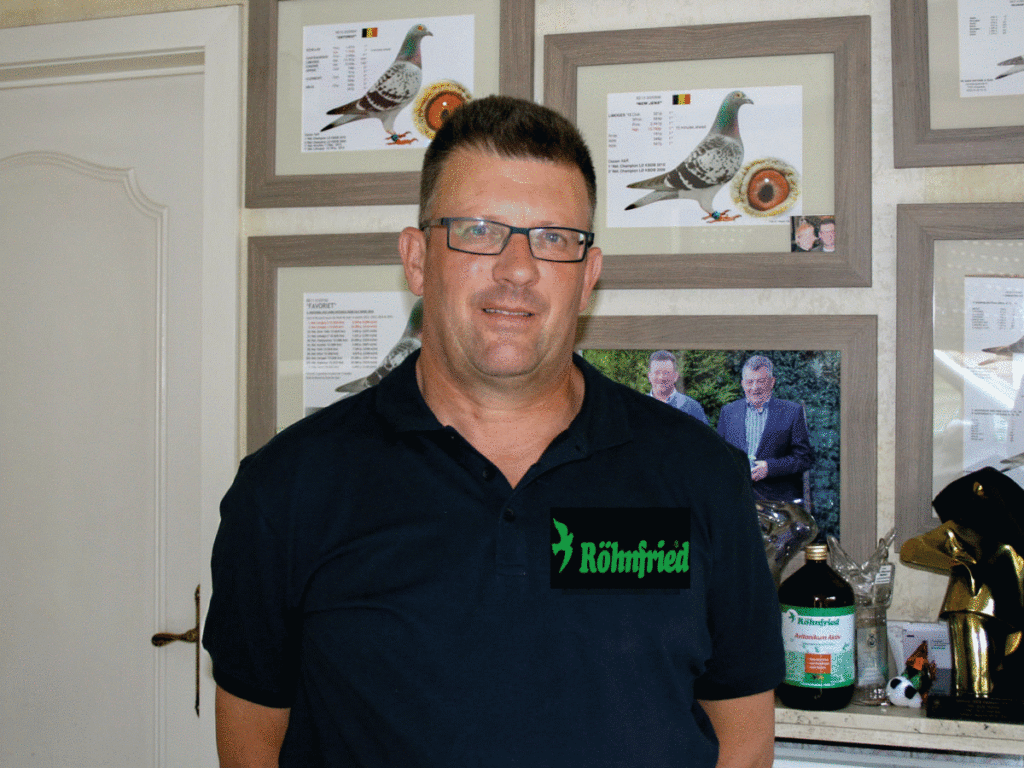
Within a few years, the name "Rudi De Saer" gained an international reputation, as it quickly established itself as a top Belgian loft. It all started with buying a few Gaby Vandenabeele pigeons. According to Rudi, the “old line” was simply outstanding. In no time they won 3 x 1st national here in Ruislede, but the most important thing of all is that they have never sold any of these pigeons. All these aces stayed on the bats in Ruiselde. You are Rudi's pride, and the future. For years he worked to get toppers into his loft, breed them himself and win with them. The story begins with Antonio (3020860-10) who won the 1st National Souillac against 7756 pigeons, then there were the New Tours (3020802-10) with the 1st National Cahors against 7136 pigeons, followed by the New Jens (3020896- 10) with the 1st National Limoges in 2012 against 13789 pigeons. It is always very nice to have a conversation with Rudi, a “thoroughbred” breeder from whom you can learn a lot.
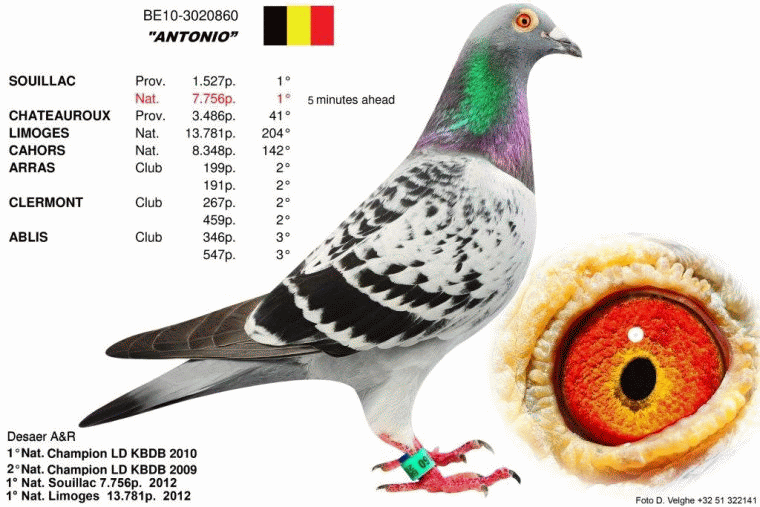
Rudi, how was the 2019 season?
Rudi, how was the 2019 season?
team during this time. Which was the cause of her lack of fitness. It was not until July that the pigeons wanted to go outside again on their own. It took a lot of patience because I had to 'chase' them outside. They were afraid of being let out and training and it took too long for them to get the right conditions to get good results. There were some good results, but not in the way I wanted. In these moments it is very important for the breeder to stay calm, be patient and be very careful with the pigeons.”
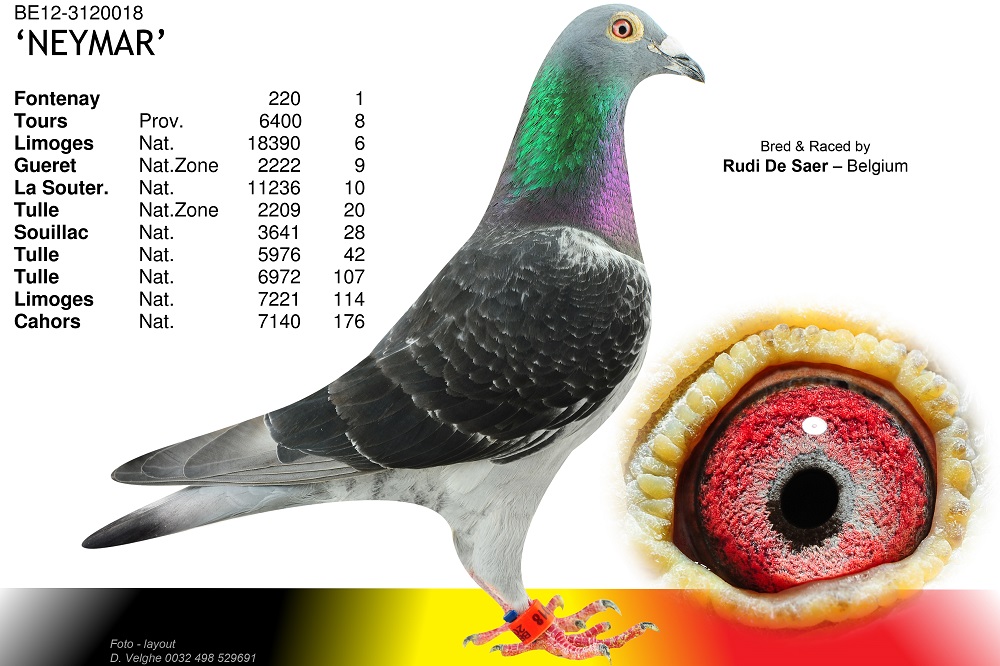
team during this time. Which was the cause of her lack of fitness. It was not until July that the pigeons wanted to go outside again on their own. It took a lot of patience because I had to 'chase' them outside. They were afraid of being let out and training and it took too long for them to get the right conditions to get good results. There were some good results, but not in the way I wanted. In these moments it is very important for the breeder to stay calm, be patient and be very careful with the pigeons.”
“No, certainly not, there is enough quality and the system has proven before that my birds are very good. You can score top marks with this care, this feed and these by-products. You can't change nature, of course, but you have to respect it. In the future I will be more careful, especially in spring when the birds are not in good enough condition and the raptors are the faster ones. Then we can only be much more careful and have patience.”
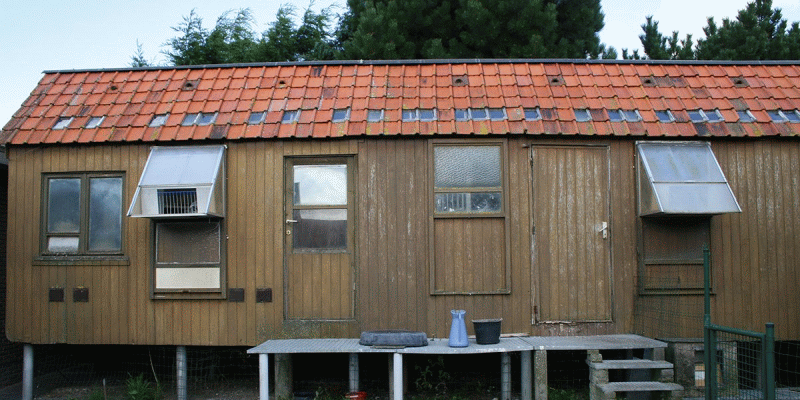
“No, certainly not, there is enough quality and the system has proven before that my birds are very good. You can score top marks with this care, this feed and these by-products. You can't change nature, of course, but you have to respect it. In the future I will be more careful, especially in spring when the birds are not in good enough condition and the raptors are the faster ones. Then we can only be much more careful and have patience.”
“The boys have to be well trained and through as much training as possible. It is important that they gain a lot of experience. I prefer the widowhood with the old and yearling birds on the national races of more than 600 km. This is the distance my pigeons prefer, at which they can perform at their best up to the age of five. A nice example here is the ace (370-14). He was among the top 100 prizes on his list nine times, making him one of the best long-distance pigeons in Belgium,” reports Rudi De Saer proudly. "Twice (10th and 12th place) he was already placed with the best national long-distance pigeons KBDB. On his record of performance we find prizes such as 14th Nat Tulle – 16. Nat Tulle – 16. Nat Tulle – – 16. Nat Tulle – 16. Nat Tulle – 16. Nat Tulle – 16. Nat Tulle – 44th Nat Tulle against 6695 pigeons 66th Nat Limoges against 10448 pigeons). The mother of the ace is Samira "366-10", a sister of Antonio (1st Nat Souillac against 7756 pigeons). The birds are mated on December 15 and are able to raise one young. The female stays with the young until the age of 20 days and from that moment the birds take care of the little ones. This increases their motivation on their cell, which is very important. Then the pigeons get free flight step by step and are calmly trained. For this purpose I carefully monitor the weather conditions and when these are good the females meet the birds for about four days and the birds have to do some short training flights of up to 40 km. They learn everything about their 'task'. Then the normal rhythm follows – They can train for about 45 minutes in the morning and about 30 minutes in the evening.”
They can train for about 45 minutes in the morning and about 30 minutes in the evening.”
“My four basic principles are: regularity, patience, trust and sincerity. One cannot exist without the other. The reason I prefer Röhnfried products is that they are scientifically based. I particularly like using UsneGano, which is good for digestion. I put it in the potions at least three times a week. This also makes the plumage very soft and the droppings perfectly formed. I also give Avitestin two or three times a week with the feed. I have learned that the butter and fatty acids it contains have a positive effect on the intestines. Good, nicely rounded droppings and small down feathers at regular intervals: two aspects that prove that the birds are doing well. Don't forget fresh grit every day. Röhnfried's 'Travel Mineral' improves digestion and stimulates the metabolism.”
Rudi, do you believe in miracle products?
Rudi, do you believe in miracle products?
Rudi, do you believe in miracle products?
"You can have the best pigeons in the world, but if the care is not optimal, the pigeon rarely uses its maximum capacity to score points in the flights. Our pigeons are athletes that you have to take care of as if they were top athletes. I often compare them to cyclists (the food, the regeneration, the care...). Before the races the birds get a good sport mix from three different companies and in the last few days I add some corn. I often use the natural Röhnfried products Avipharm and Gervit-W. I also pay a lot of attention to post-flight regeneration. When the pigeons come home they can eat as much as they want. You can always get a good sport mix with lots of seeds that contain lots of oil. The next day they get a lighter mix, which I call a diet mix.”
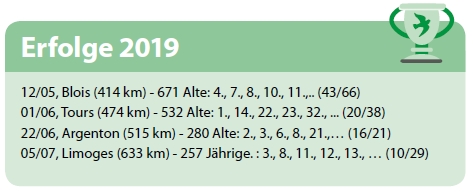
Advertising:
